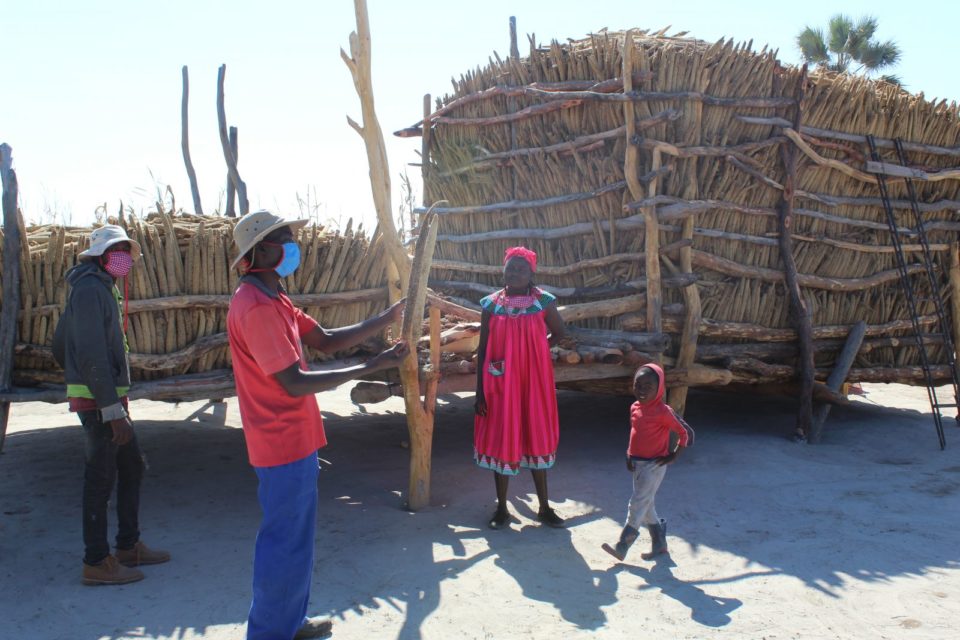In any drought year, communal farmers often struggle to feed their families. The majority of subsistence farmers in northern Namibia rely on rain for crop farming. Seasonal crop farming patterns are, however, slowly becoming a rare sight due to unexpected weather behaviour that has quite often discourage communal farmers from producing mahangu due to fear of little to no rain at all.
Justah Nalushiya, a senior agricultural technician, explained that conservation agriculture enables crop farmers to preserve the environment through managing agro-ecosystems for improved and sustainable production. Nalushiya further added that the migration to conservation agriculture involves doing away with disc ploughing that disturbs the soil at its maximum, causing soil erosion in the process.
Conservation agriculture uses reapers that dig deep into the soil and cause minimum soil damage and little provision for weed growth. “This approach makes it possible for farmers to plant their seeds in untilled or unturned soil while maintaining minimal soil disturbance and permanent on the soil surface to minimise and control the growth of weed,” said Nalushiya.
The ministry of agriculture, through its Conservation Agriculture Demo Plot Programme, has set up free demo plots of half a hectare on each of its 71 lead farmers’ land throughout the region to help local farmers to adapt to climate change and increase their crop production. “Climate change is here to stay and we have to find the best possible approach to help our farmers in collaboration with them to adapt to climate change. The lead farmer demo plot projects identified by the ministry are a tool to spread the approach further within our communities because they play a big role in maintaining the whole process from start to finish and other farmers are more likely to learn and adapt the approach from their fellow farmers as they are a living proof through their demo plots,” added Nalushiya.
Elia Shumbili, a crop farmer from Okongo constituency in Ohangwena region, signed up as a lead farmer in 2017 and has been encouraging his fellow farmers from Eendobe village to migrate to conservation agriculture through demonstrations on his demo plot. Shumbili testified to recording large crop production volumes since his migration to the conservation approach during a demonstration that was recently organised on his plot, where he urged other farmers to try out the approach. “There is little weed growth in my field and this reserve water for my crops to grow with the little water available,” said Shumbili. The approach has three principles of minimising soil disturbance: not turning the earth inside out with traditional disc ploughing; maintaining permanent soil cover through digging deep and narrow rows, and diversification of crop species through crop rotation.


